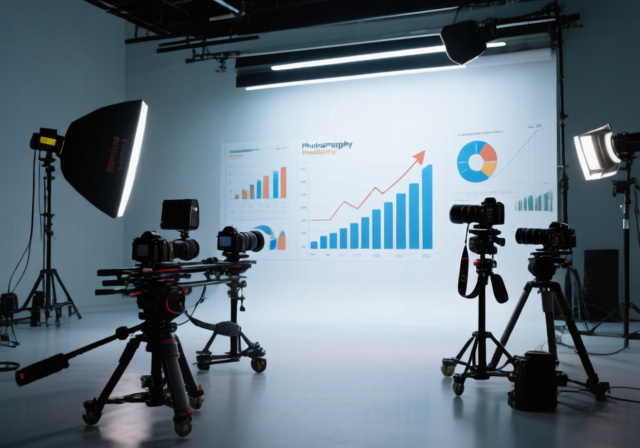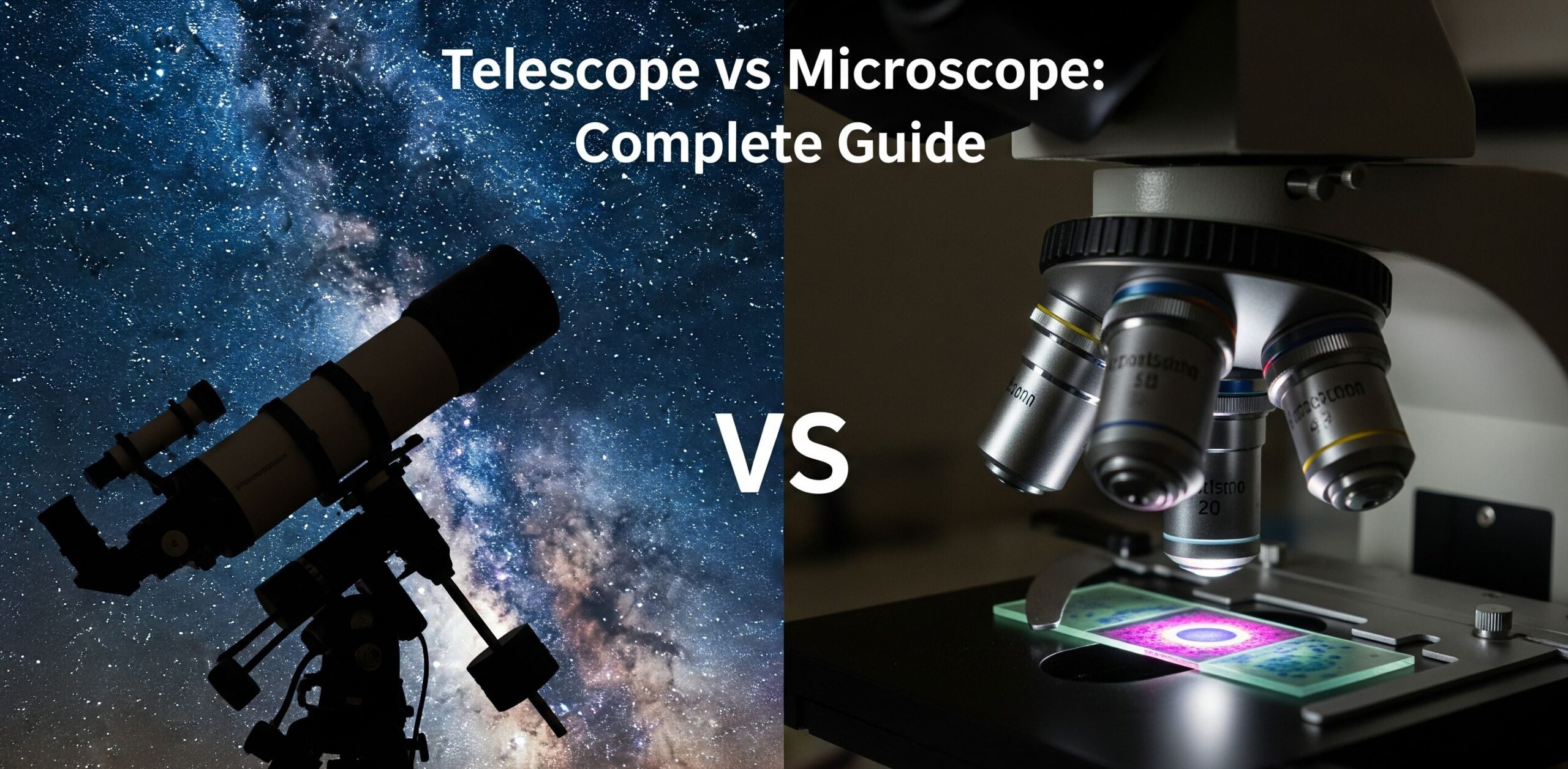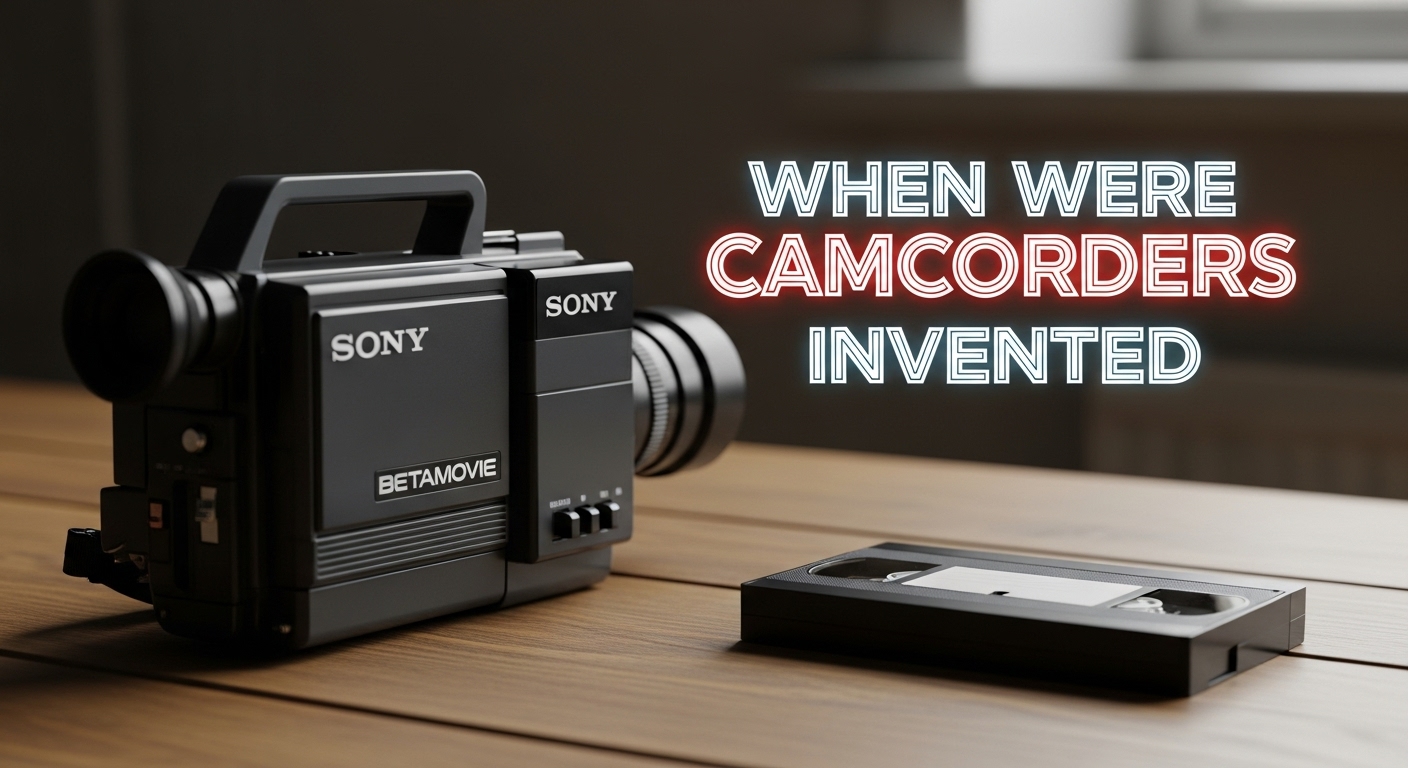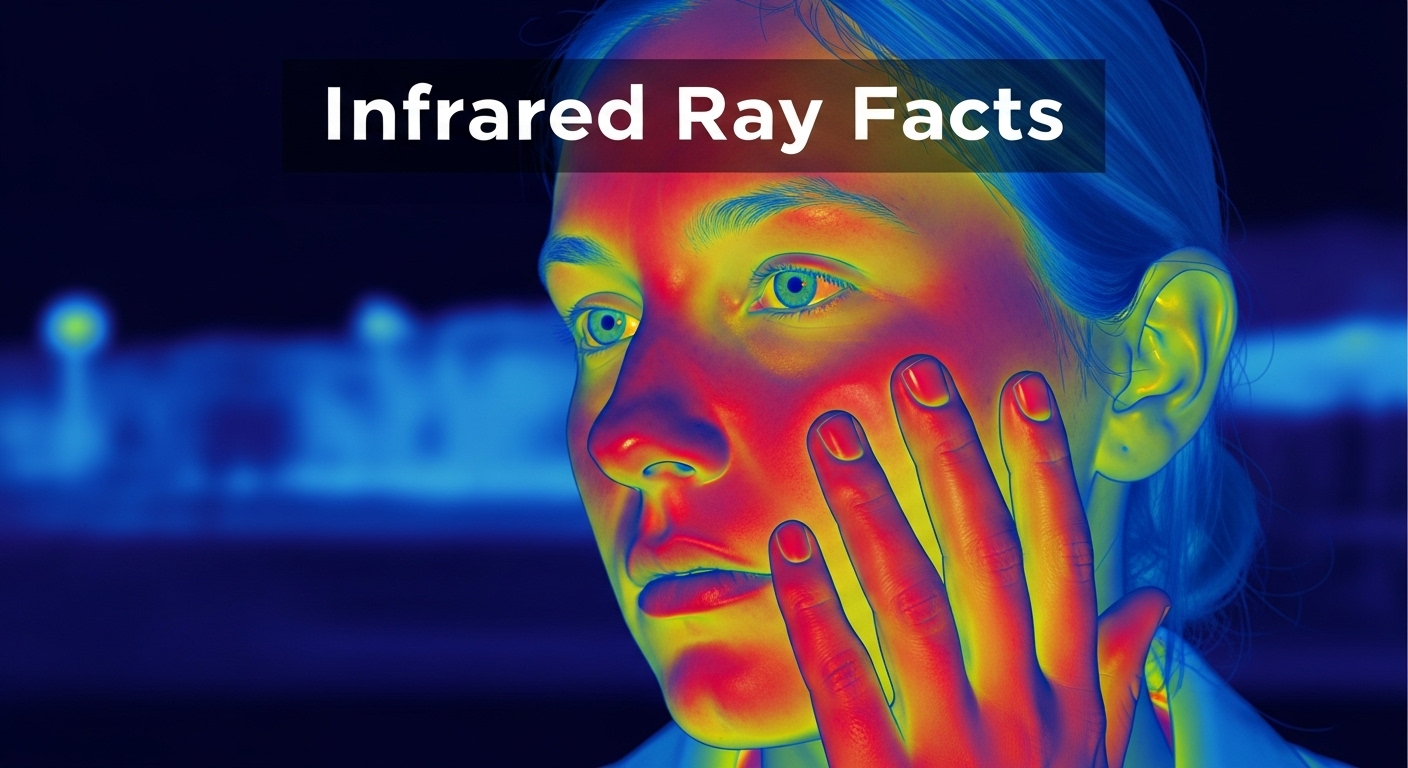

When exploring the world of optical instruments, understanding the telescope vs microscope difference becomes essential for anyone interested in scientific observation, whether you’re a student, researcher, or hobbyist. These two fundamental tools have revolutionized our understanding of both the cosmos and the microscopic world, yet they operate on surprisingly different principles despite sharing some basic optical concepts.
In 2025, the distinction between these instruments remains as relevant as ever, with advances in technology continually pushing the boundaries of what we can observe. Whether you’re contemplating which instrument to purchase or simply curious about how these devices work, this comprehensive guide will illuminate the key differences, similarities, and applications of telescopes and microscopes.
| Feature | Telescope | Microscope |
|---|---|---|
| Primary Purpose | View distant objects (stars, planets) | View tiny objects (cells, bacteria) |
| Focal Length | Long (400-3000mm typical) | Short (1-40mm typical) |
| Magnification Range | 20x-500x typical | 40x-2000x typical |
| Objective Lens | Large diameter, fixed position | Small diameter, interchangeable |
| Eyepiece | Interchangeable for magnification | Usually fixed at 10x |
| Image Orientation | Usually inverted | Can be upright (with additional optics) |
| Light Requirements | Collects ambient light | Requires illumination source |
| Price Range | $100-$10,000+ | $100-$5,000+ |
The most critical distinction between telescopes and microscopes lies in their optical design and how they manipulate light. While both instruments use lenses or mirrors to magnify objects, the telescope vs microscope focal length difference fundamentally determines their function.
Telescopes are engineered to observe objects at essentially infinite distances. When viewing celestial objects, the incoming light rays are practically parallel. The telescope’s objective lens or mirror, with its long focal length (typically 400mm to 3000mm), focuses these parallel rays to create a small, real image at the focal plane. This image is then magnified by the eyepiece, which acts like a sophisticated magnifying glass.
The key characteristics of telescope optics include:
Microscopes, conversely, are designed to magnify objects positioned extremely close to the objective lens. The specimen is placed just beyond the focal point of the objective lens, which has a very short focal length (typically 2mm to 40mm). This creates a magnified real image that is further enlarged by the eyepiece.
Essential microscope optical features include:
Understanding telescope vs microscope magnification calculations reveals another fundamental difference between these instruments.
Telescope magnification is straightforward: divide the focal length of the telescope by the focal length of the eyepiece.
Magnification = Telescope Focal Length ÷ Eyepiece Focal Length
For example, a telescope with a 1000mm focal length using a 25mm eyepiece produces 40x magnification (1000 ÷ 25 = 40).
Microscope magnification involves multiplying the objective lens magnification by the eyepiece magnification.
Total Magnification = Objective Magnification × Eyepiece Magnification
A microscope with a 40x objective and 10x eyepiece delivers 400x total magnification (40 × 10 = 400).
The distance between telescope and microscope subjects represents the most obvious distinction. Telescopes excel at observing objects light-years away, while microscopes reveal details in specimens mere micrometers in size.
While both instruments can use either lenses or mirrors, the implementation differs significantly. Understanding telescope vs microscope mirror usage helps explain their design choices.
Many telescopes, particularly larger ones, use mirrors instead of lenses as their primary light-gathering element. Reflecting telescopes offer several advantages:
The most common designs include Newtonian, Cassegrain, and Ritchey-Chrétien configurations, each offering different benefits for specific observing needs.
Most microscopes rely on lens-based systems, though specialized types like reflection microscopes exist for specific applications. Standard compound microscopes use exclusively refractive optics because:
When deciding between these instruments, consider your observational interests and practical requirements:
In 2025, both telescopes and microscopes incorporate sophisticated technology that enhances their capabilities beyond simple magnification.
Both instruments require careful handling and maintenance, but their needs differ based on their design and usage environments.
Understanding the price ranges and value propositions helps make informed purchasing decisions. Both instruments offer options from budget-friendly to professional-grade.
Several myths persist about these instruments that deserve clarification:
As we progress through 2025, both fields continue to evolve with exciting technological advances:
The telescope and microscope debate ultimately comes down to your specific interests and applications. Neither instrument is inherently superior; they simply serve different purposes in our quest to observe and understand the world around us.
Consider these final factors when making your decision:
Understanding the telescope vs microscope differences reveals how these instruments complement rather than compete with each other. While telescopes expand our vision to the furthest reaches of the universe, microscopes reveal the intricate details of the smallest forms of life and matter. Both have contributed immeasurably to human knowledge and continue to inspire discovery in 2025 and beyond.
Whether you choose to explore the cosmos through a telescope or delve into the microscopic world, both instruments offer endless opportunities for learning and wonder. The key is matching the tool to your interests and understanding how to use it effectively to unlock the secrets it can reveal.



